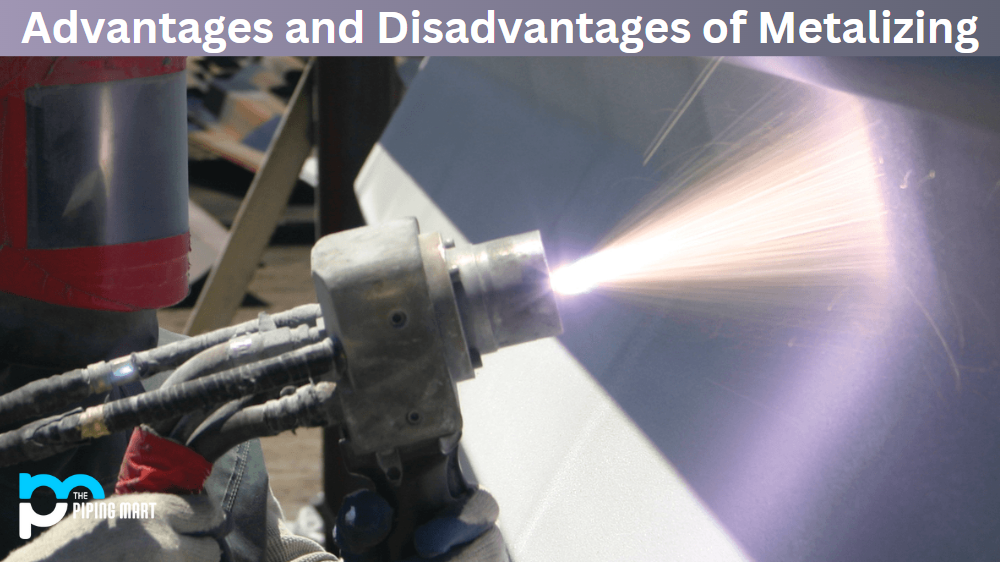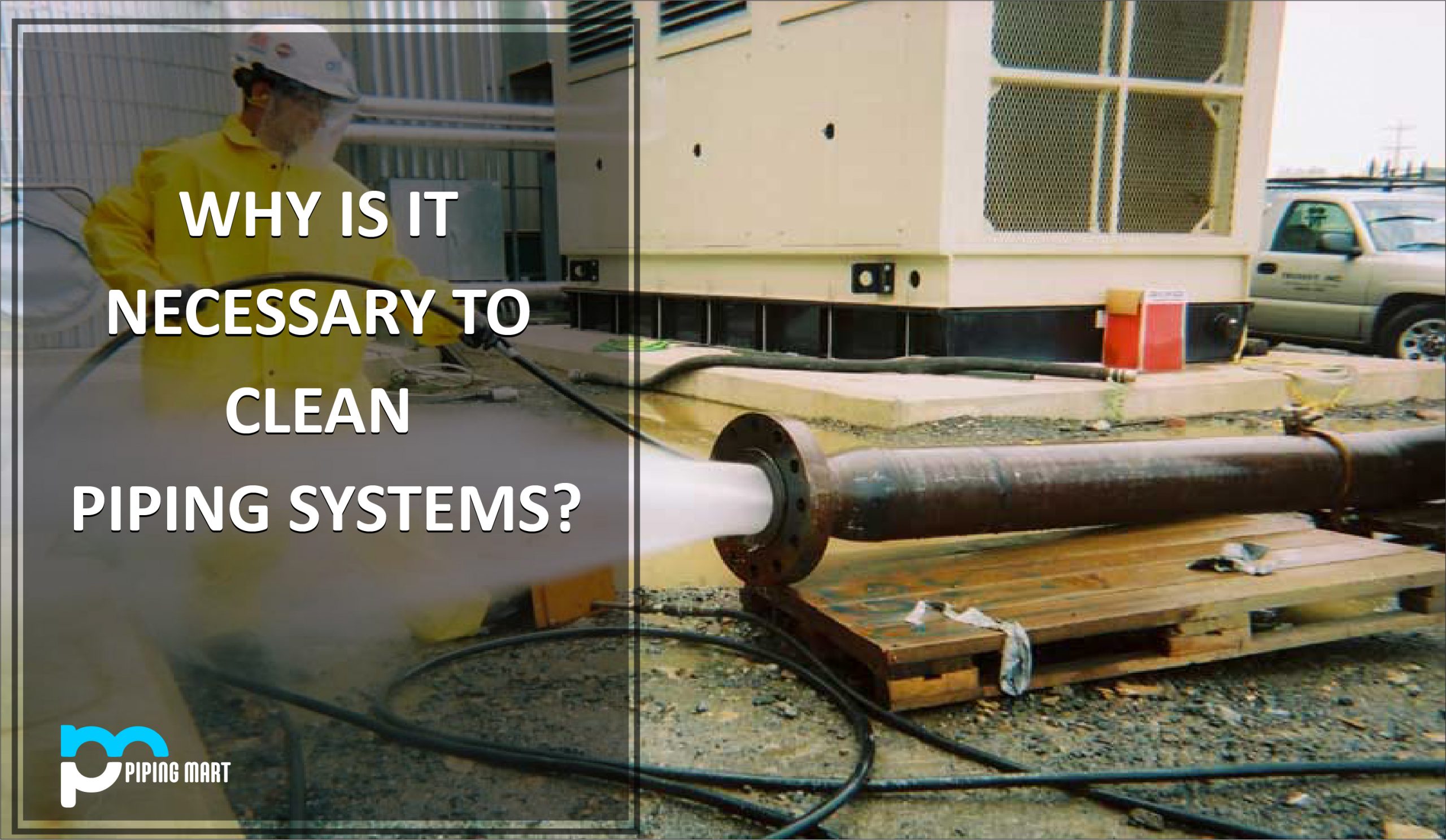Pressure forming is a plastic fabrication method that involves vacuum pressure to form the desired shape. It is often used to create parts with intricate shapes or curves, as well as plastic products with complex geometries. While pressure forming has many advantages, there are also some drawbacks that must be considered. Let’s take a closer look at the pros and cons of this process.
Advantages of Pressure Forming
The first advantage of pressure forming is its cost-effectiveness. Because the process uses low-cost moulds and does not require expensive tooling, it can provide significant cost savings compared to other fabrication methods, such as injection moulding or CNC machining. Furthermore, pressure forming can produce large quantities in a short amount of time, making it ideal for mass-production applications.
Another advantage of pressure forming is its versatility. This process can be used on a wide variety of materials, including ABS, polycarbonate, acrylics, and more. This means that the same process can be used to create numerous different types of plastic products with varying levels of complexity. Additionally, pressure forming allows for excellent part repeatability without sacrificing quality or accuracy; parts produced using this method will have minimal warping or distortion after they are formed.
Finally, pressure forming allows for greater design freedom than other processes because it can accommodate intricate shapes and complex geometries. This makes it an ideal choice for creating intricate parts such as aerospace components or medical device enclosures that may not be possible with other fabrication methods.
Increased Strength
One of the primary advantages of pressure forming is that it results in a stronger final product. This is because the material is formed under high pressure, which compresses the molecules of the material and makes it dense. This results in a stronger product that is less likely to break or crack.
Increased durability
Another advantage of pressure forming is that it increases the durability of the final product. This is because the material is dense and less likely to break or crack. Additionally, pressure-formed products are often less susceptible to damage from UV light, chemicals, and other environmental factors.
Improved aesthetics
Pressure forming can also result in a more aesthetically pleasing final product. This is because the process can be used to create products with intricate designs and detailed features. Additionally, pressure-formed products often have a smooth surface finish that can be painted or coated for added protection.
Reduced weight
Another advantage of pressure forming is that it can help to reduce the weight of the final product. This is because the process compresses the molecules of the material, which reduces its overall volume. This can be beneficial for products that need to be lightweight, such as aircraft parts or medical devices.
Reduced production costs
Finally, pressure forming can also help to reduce production costs. This is because the process is typically faster and easier than other manufacturing processes, such as injection moulding. Additionally, pressure forming often requires less material than other processes, which can further reduce costs.
Disadvantages of Pressure Forming
Although there are many advantages to using pressure forming for plastic fabrication projects, there are also some potential drawbacks that need to be taken into account when considering this process for your project requirements. One disadvantage is the limitation on size; due to the nature of the process, larger parts may not be feasible due to space constraints within the mould itself. Additionally, while pressure forming produces high-quality results with consistent accuracy across multiple runs, it cannot achieve the same level of detail or precision as injection moulding or CNC machining processes; in some cases, these processes may still be necessary, depending on your project requirements.
- Pressure forming is a manufacturing process that uses high pressure to form plastic parts.
- Pressure forming can be expensive, as it requires specialized equipment and trained personnel.
- Pressure-formed parts can have dimensional inaccuracies, as high pressure can cause the plastic to deform.
- Pressure forming can also cause surface defects, such as cracks or voids, in the formed part.
- In some cases, pressure forming can be slower than other plastic forming processes, such as injection moulding.
Conclusion
Pressure forming is an effective way to produce high-quality plastic parts quickly and cost-effectively. It offers numerous advantages over other fabrication methods, such as versatility in material selection and design freedom for intricate shapes and complex geometries, which make it ideal for mass production applications where accuracy across multiple runs is essential. However, there are some limitations to consider, such as size restrictions and decreased precision compared to more advanced processes like injection moulding or CNC machining. Ultimately, when selecting a fabrication method for your next project, you should carefully weigh all factors – including cost, speed, accuracy, complexity, etc . – before making a final decision. That way, you can ensure you choose the right solution for your specific needs.

A passionate metal industry expert and blogger. With over 5 years of experience in the field, Palak brings a wealth of knowledge and insight to her writing. Whether discussing the latest trends in the metal industry or sharing tips, she is dedicated to helping others succeed in the metal industry.




